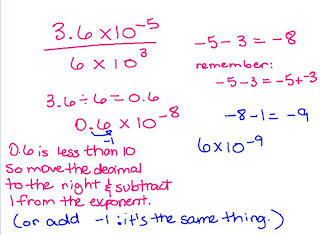Sixth Grade
Today, we began our review of computation with an addition activity - Code Numbers. We added up the value of our names by assigning certain numbers to each letter! We had some fun ordering the class by value and then reordering after figuring our middle names. Tonight, be sure to redo the number code for the school's name: "St. Charles Borromeo Catholic School" Remember to have values for each word and then a total for the whole name. Then, choose one family member and do the value of their name. Be sure to write the family member's name down so I can check your work!
Seventh Grade
Math - We began our Balancing Act activity today and will finish it tomorrow. It is a way to demonstrate and visualize the properties of numbers with a balance. No homework tonight!
Geography - The class took notes on the next ten landforms. Please start studying the landforms now so you don't have to cram on Monday night! There will be a quiz over all 50 on Tuesday. We also finished reading Chapter 2, Section 1. Do the define and identify words from the Section Assessment and complete the worksheet over Section 1.
Eighth Grade
Both classes received the Metric Mania worksheet to practice conversions in the metric system. Just follow the instructions written in the boxes at the top of the page. If you are converting TO a smaller unit, you will multiply or move the decimal to the right. Count the spaces it takes to get from one unit to the other. If it's 3 spaces, then you multiply by 1,000. 10 x 10 x 10. Each space is a power of ten. If you are converting TO a larger unit, you will divide or move the decimal place to the left.
See you tomorrow!
Mrs. Swickey








